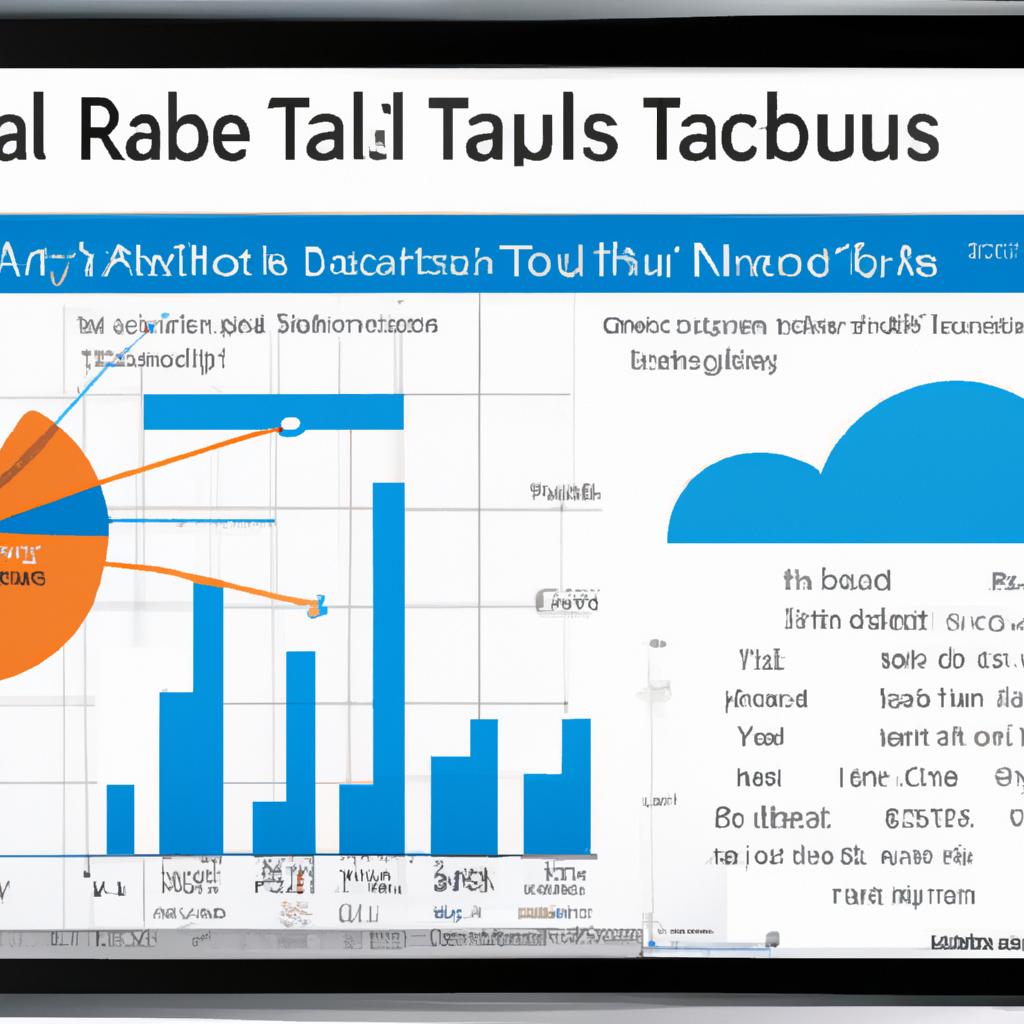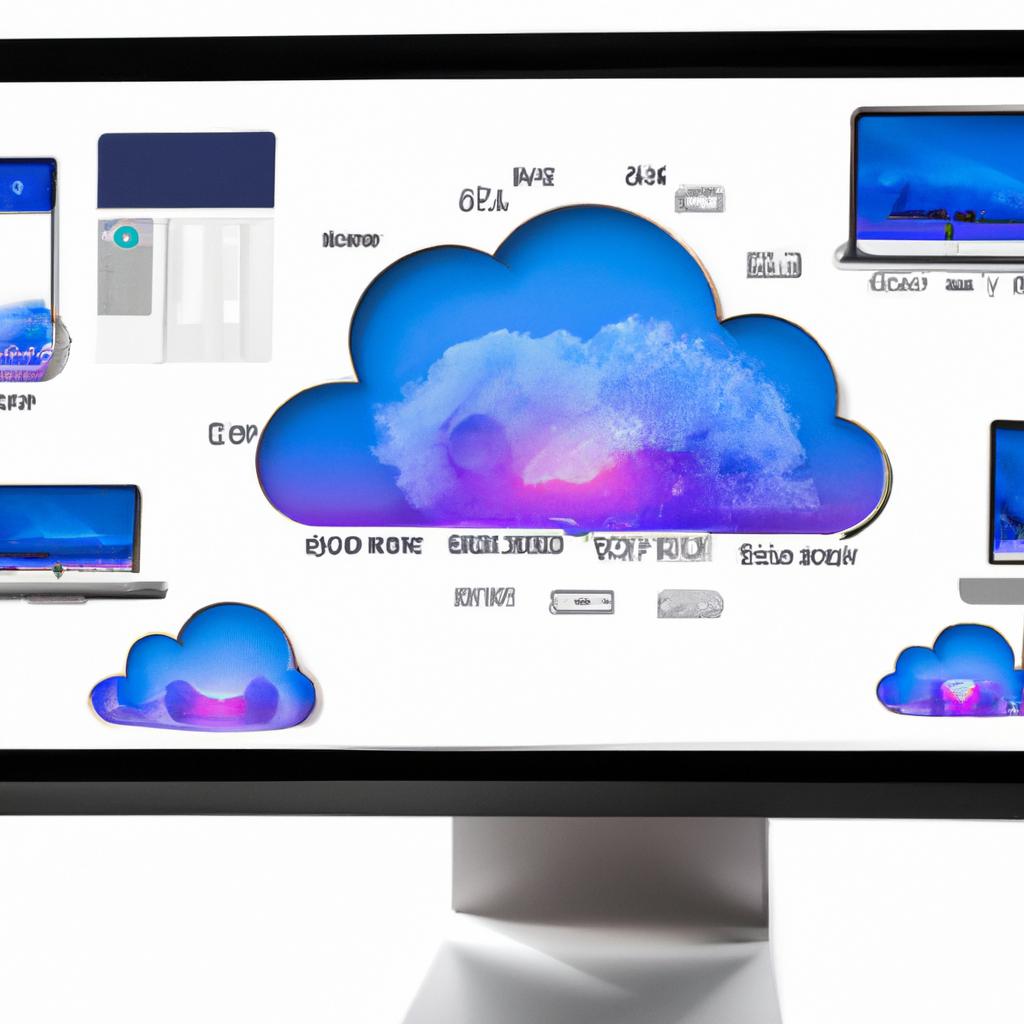Tableau Cloud Data Sources: The Future of Data Analysis

As the world becomes increasingly data-driven, businesses and individuals alike are turning to data analysis tools to make sense of the vast amounts of information available. One such tool that has gained immense popularity is Tableau Cloud, a powerful platform that enables users to connect, visualize, and share data with ease.
At the heart of Tableau Cloud lies its data sources, which are integral to the platform’s functionality. In this article, we’ll explore the importance of tableau cloud data sources and their benefits, as well as how to connect them and best practices for their use. But first, let’s take a closer look at Tableau Cloud and what data sources are.
Tableau Cloud is a cloud-based data visualization and analytics platform that allows users to connect to various data sources, visualize data in real-time, and share insights with others. It offers a range of features, including drag-and-drop functionality, interactive dashboards, and robust analytics capabilities, making it a go-to platform for businesses of all sizes.
Data sources, on the other hand, are essentially the building blocks of Tableau Cloud. They are the underlying data sets that Tableau Cloud users connect to and analyze to gain insights. These can include cloud-based data sources, on-premise data sources, and web data connectors, which we’ll explore in more detail in the following sections.
Now that we have a basic understanding of Tableau Cloud and data sources, let’s dive deeper into their importance and benefits.
Benefits of Using Tableau Cloud Data Sources

Tableau Cloud data sources offer a plethora of benefits to users, making it a top choice for businesses and individuals looking to gain insights from their data. Let’s explore some of the key benefits below.
Increased Efficiency in Data Analysis
One of the most significant advantages of using Tableau Cloud data sources is its ability to streamline data analysis. By connecting to multiple data sources and consolidating them into one platform, users can save time and effort in manually gathering and organizing data. Additionally, Tableau Cloud’s drag-and-drop functionality and intuitive interface make it easy for even non-technical users to analyze data efficiently.
Real-Time Data Access
Tableau Cloud data sources provide real-time access to data, allowing users to analyze and visualize the most up-to-date information available. This is particularly useful for businesses that need to make quick decisions based on changing data, as it eliminates the need for manual updates and saves time.
Improved Data Accuracy and Consistency
Tableau Cloud data sources ensure data accuracy and consistency by providing a single source of truth for all data. By consolidating data from various sources into one platform, users can avoid discrepancies and errors that can occur when using multiple data sources. Additionally, Tableau Cloud’s data preparation tools and data cleansing capabilities ensure that data is accurate and consistent across all analyses.
In summary, Tableau Cloud data sources offer increased efficiency, real-time data access, and improved data accuracy and consistency. These benefits make it a top choice for businesses and individuals alike looking to gain insights from their data.
Types of Tableau Cloud Data Sources

When it comes to connecting data sources to Tableau Cloud, there are three main types to consider: cloud-based data sources, on-premise data sources, and web data connectors. Each of these types has its own benefits and drawbacks, depending on the user’s needs and infrastructure. Let’s explore each type in more detail.
Cloud-based data sources
As the name suggests, cloud-based data sources are data sets that are stored in the cloud, such as Amazon Web Services (AWS), Microsoft Azure, or Google Cloud. Using Tableau Cloud, users can connect to these data sources and analyze them in real-time, without the need for any additional software or hardware.
One of the main benefits of cloud-based data sources is their accessibility. Because they are stored in the cloud, users can access them from anywhere with an internet connection, making them ideal for remote teams or companies with multiple locations.
On-premise data sources
On-premise data sources, on the other hand, are data sets that are stored locally on a company’s servers or infrastructure. Connecting to these data sources requires additional software or hardware, such as Tableau Server or Tableau Bridge.
One of the main benefits of on-premise data sources is their security. Because they are not stored in the cloud, companies have more control over their data and can ensure that it is secure and compliant with regulations.
Web data connectors
Web data connectors allow users to connect to data sources that are not natively supported by Tableau Cloud, such as social media platforms or custom APIs. Users can create their own connectors or use pre-built connectors from the Tableau community.
One of the main benefits of web data connectors is their flexibility. They allow users to connect to a wide range of data sources and customize their analysis according to their needs.
By understanding the different types of Tableau Cloud data sources and their benefits, users can make informed decisions about how to connect to and analyze their data.
Best Practices for Using Tableau Cloud Data Sources
As with any data analysis tool, it’s important to follow best practices when using Tableau Cloud data sources to ensure optimal performance, security, and privacy. Here are some tips to keep in mind:
Ensuring Data Security and Privacy
When working with sensitive data, it’s crucial to take steps to protect it from unauthorized access or breaches. Here are some best practices for ensuring data security and privacy when using Tableau Cloud data sources:
- Use strong passwords and two-factor authentication to secure your Tableau Cloud account.
- Limit access to data sources based on user roles and permissions.
- Monitor data access and usage to detect any suspicious activity.
- Encrypt data in transit and at rest to prevent unauthorized access.
- Regularly update Tableau Cloud and your data sources to ensure they’re using the latest security patches.
Optimizing Data Performance
Tableau Cloud data sources can contain large amounts of data, which can impact performance if not optimized correctly. Here are some best practices for optimizing data performance:
- Use data extracts to improve query performance and reduce load times.
- Filter data to reduce the amount of data being queried.
- Aggregate data where possible to reduce the number of rows.
- Use data blending to combine data sources and reduce the number of queries.
Creating a Data Source Strategy
Finally, it’s important to develop a data source strategy that aligns with your business goals and needs. Here are some best practices for creating a data source strategy:
- Identify the data sources you need to connect to and prioritize them based on importance.
- Consider the frequency of data updates and the impact on performance when choosing data sources.
- Standardize data sources to ensure consistency and reduce errors.
- Document data sources and their usage to facilitate collaboration and troubleshooting.
By following these best practices, you can ensure that your Tableau Cloud data sources are secure, performant, and aligned with your business goals and needs.
Conclusion
In conclusion, Tableau Cloud data sources offer a powerful tool for businesses and individuals looking to make sense of their data. By leveraging the platform’s real-time data access, improved accuracy, and consistency, users can gain valuable insights and make data-driven decisions with ease.
We’ve explored the benefits of Tableau Cloud data sources, including increased efficiency, real-time data access, and improved accuracy and consistency. We’ve also looked at the different types of data sources available, as well as best practices for their use, such as ensuring data security and privacy, optimizing data performance, and creating a data source strategy.
Overall, the future of data analysis lies in the hands of platforms like Tableau Cloud and the power of their data sources. By following best practices and leveraging the platform’s capabilities, users can unlock the full potential of their data and drive business success.
Conclusion: So above is the Tableau Cloud Data Sources: The Future of Data Analysis article. Hopefully with this article you can help you in life, always follow and read our good articles on the website: nettruyen.dev



